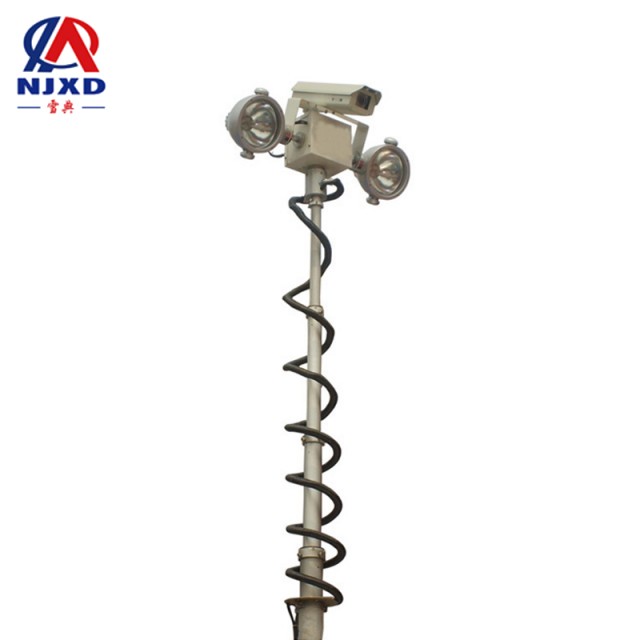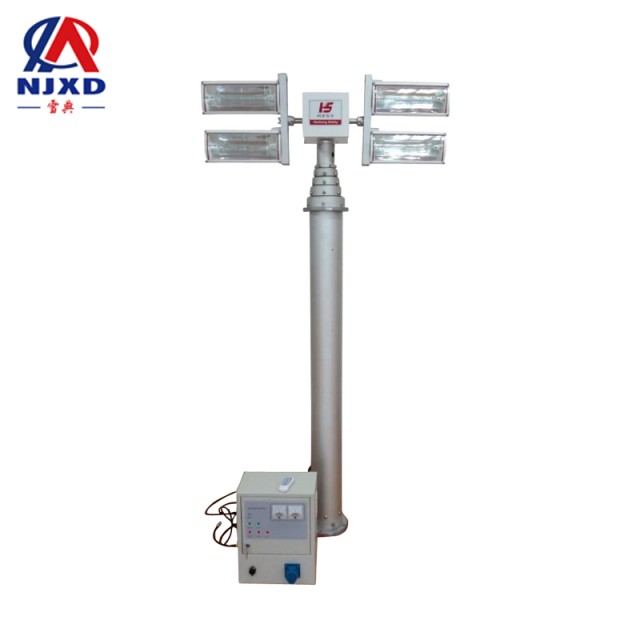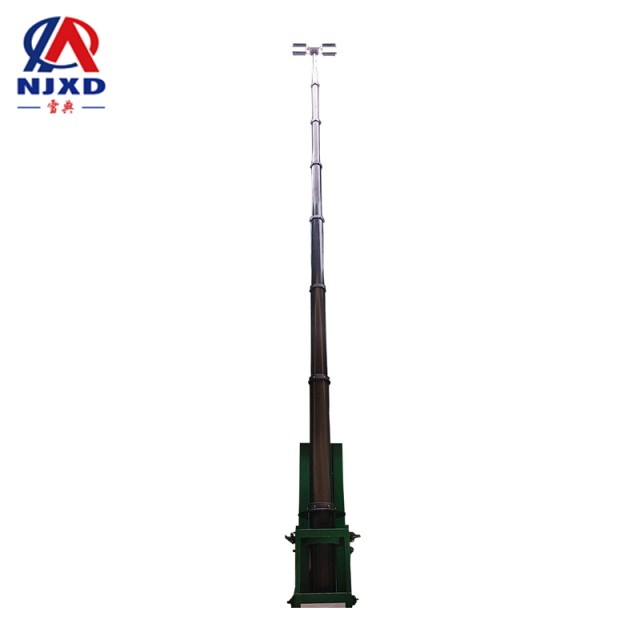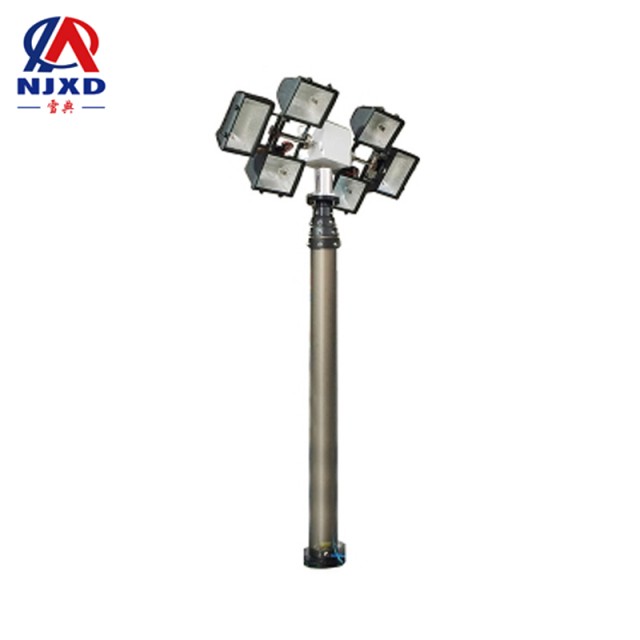NEWS
Common equipment and technical indicators of light source lifting lamp pole
Time:2021-03-23 View:

Composition structure
Different types of electric light sources have different structures, but generally have the following parts: filament, electrode and fluorescent powder as luminophor; Glass, translucent ceramic tube and quartz tube as luminophor shell; as the guide wire, core column and lamp holder of the lead wire; All kinds of gases, Mercury, metals and halides as fillings; Degassing agent, all kinds of coatings, insulation parts and adhesives, etc.

Common devices
arc lamp carbon
An electric light source that uses the discharge arc generated when two contact carbon rod electrode are energized and separated in the air. Arc lamp carbon invented by British H. David in 1809;
incandescent lamp
Incandescent lamp, also known as tungsten lamp, bulb, is an electric light source that heats the filament to the incandescent state and uses thermal radiation to emit visible light. A light source that generates light by heating an electric current to an incandescent state through a filament. It is the earliest electric lamp, which is made of heat-resistant glass and filled with tungsten wire. Air is pumped out in the bubble shell to avoid oxidation of filament, or inert gas (such as argon) is refilled to reduce thermal evaporation of tungsten filament. Because only a small part of the electric energy consumed by the filament is converted into visible light, the luminous efficiency is low, generally 10~15 streams/watt. But the manufacturing is convenient and the cost is low.
Low voltage sodium lamp
It is an electric light source that uses low-pressure sodium vapor discharge to emit light. It is coated with infrared reflective film in its glass shell. It is an electric light source with small light decay and the highest luminous efficiency. Low voltage sodium lamp emits monochrome yellow light, which is used in places where there is no requirement for light color;
High pressure sodium lamp
When the bulb is started, an arc is generated between the electrodes at both ends of the arc tube. Due to the high temperature effect of the arc, the liquid sodium mercury gas in the tube is evaporated to mercury vapor and sodium vapor by heating, during the movement of the anode, the cathode ejected electron impacts the atoms of the discharge material to generate ionization or excitation, and then returns from the excited state to the ground state; Or changes from the ionized state to the excited state, back to the ground state infinite cycle, at this time, the excess energy is released in the form of light radiation, and light is generated.
LED lamp
LED(Light Emitting Diode), Light Emitting Diode, is a solid-state semiconductor device that can convert electric energy into visible Light, which can directly convert electricity into Light.
The microscope light source in optical instrument is mainly used to supplement light for microscope observation. Generally, it is supplied by a voltage of 220V. The power is generally about a few watts. The microscope light source is inlaid with lamp beads, lamp beads are generally LED lights, which have little heat generation, so they have little influence on the cold heat control of products during observation. In addition, there is another kind of lamp that is not composed of LED lamp beads, but consists of lamp tubes. Such lamp tubes have external Four-plug interfaces and built-in four-plug interfaces. There is also a two-plug light source, which is only suitable for the light source installed on the microscope, if the light is still relatively dark. There is also a kind of external use, which can adjust the lamp holder at will. This kind of light is more convenient.

Technical indicators
① light quantity characteristic index. Including total flux, brightness, light intensity, ultraviolet radiation and thermal radiation.
② light color characteristic index. Including light color, color temperature, color rendering, chromaticity and spectral distribution, etc.
③ electrical characteristic index. Including power consumption, lamp voltage, lamp current, starting characteristics and interference noise, etc.
④ mechanical characteristics. Including geometric size, lamp structure and lamp holder, etc.
⑤ economic characteristics. Including luminous efficiency, life span, price and electricity bill, etc.
⑥ psychological characteristics. Including lamp appearance and comfort, etc.

CATEGORY
NEWS
- Main types of light source lifting lamp
- Common equipment and technical indicators of light source lifting lamp pole
- Basic Characteristics of LED light source lifting lighting pole
- Advantages and disadvantages of lifting Lighting LED light source
- Materials and features of lifting lighting floodlights